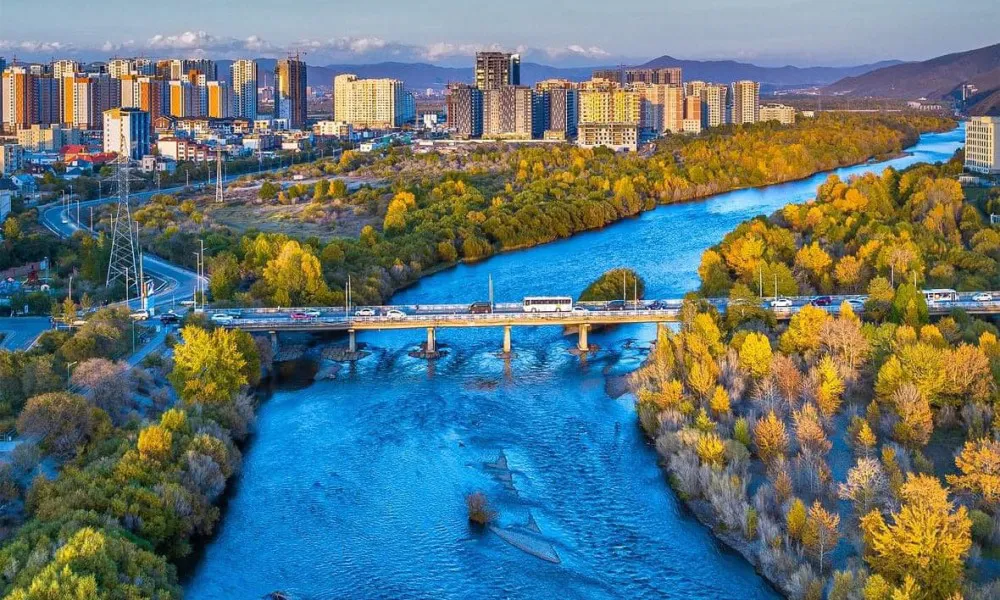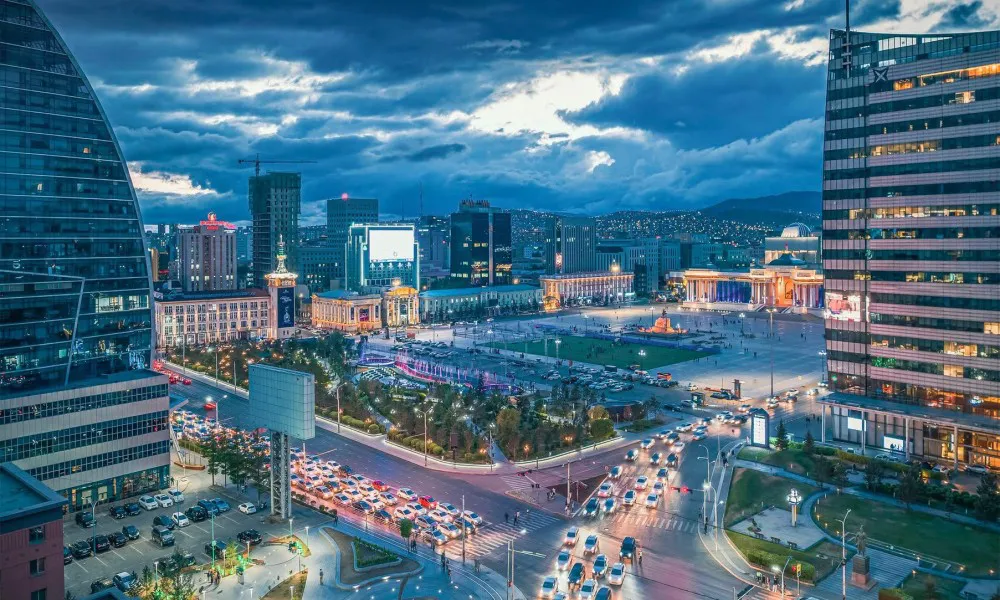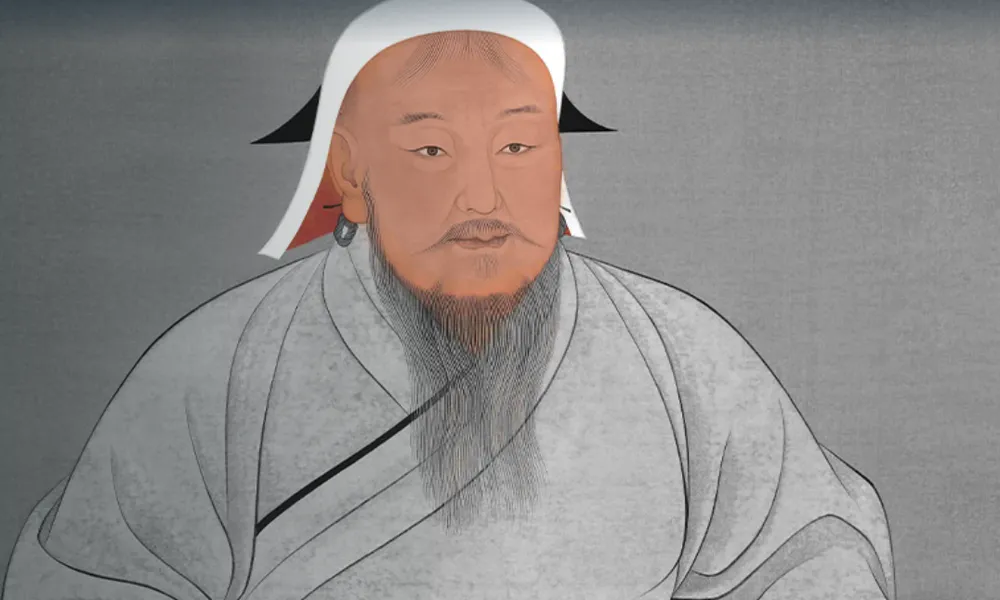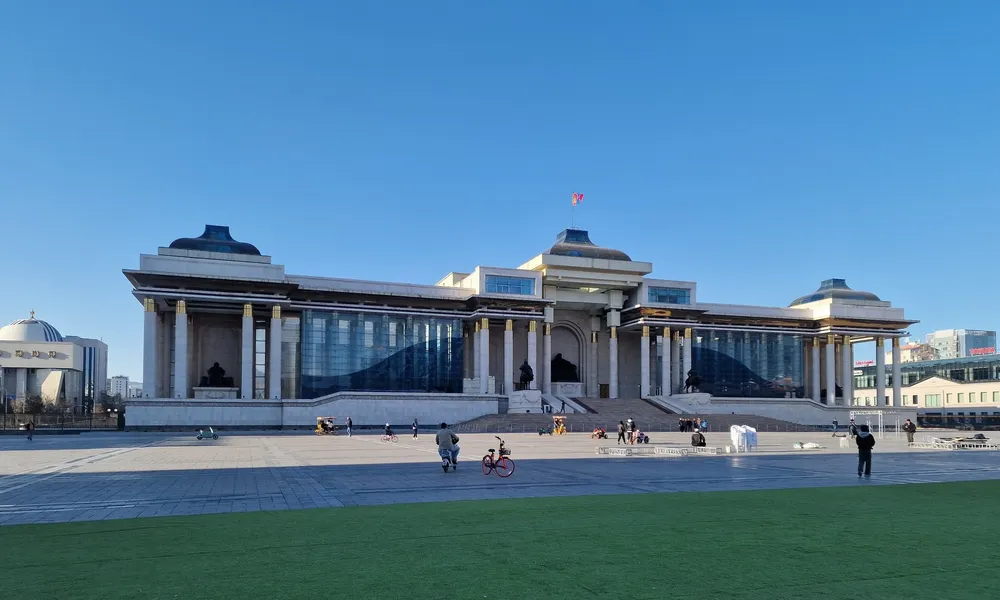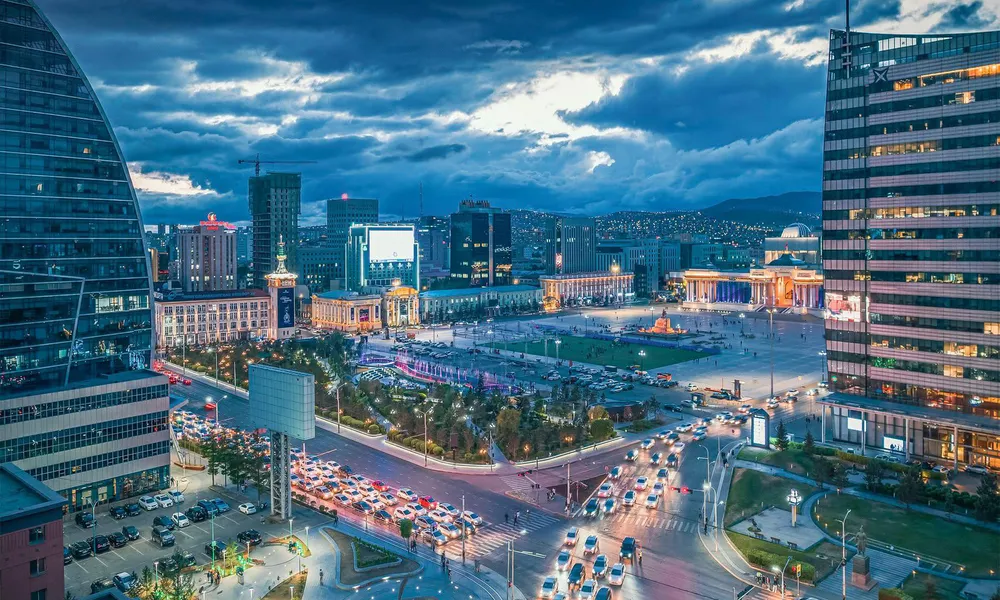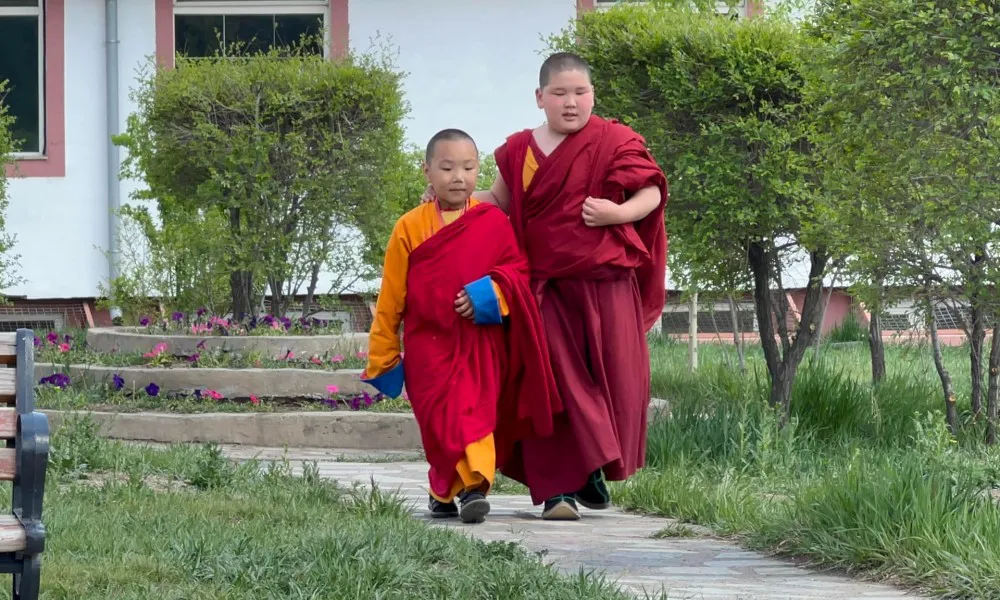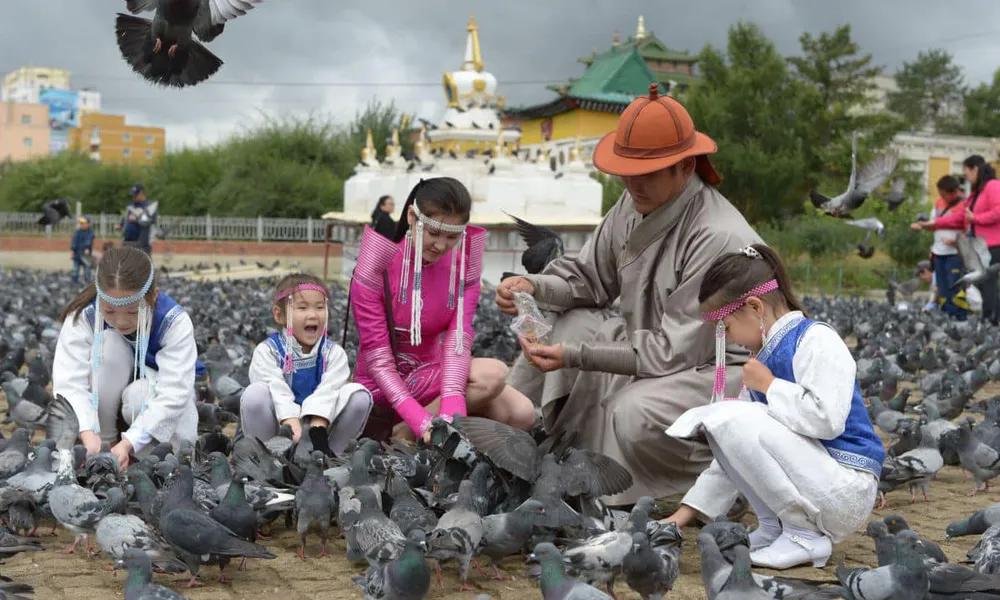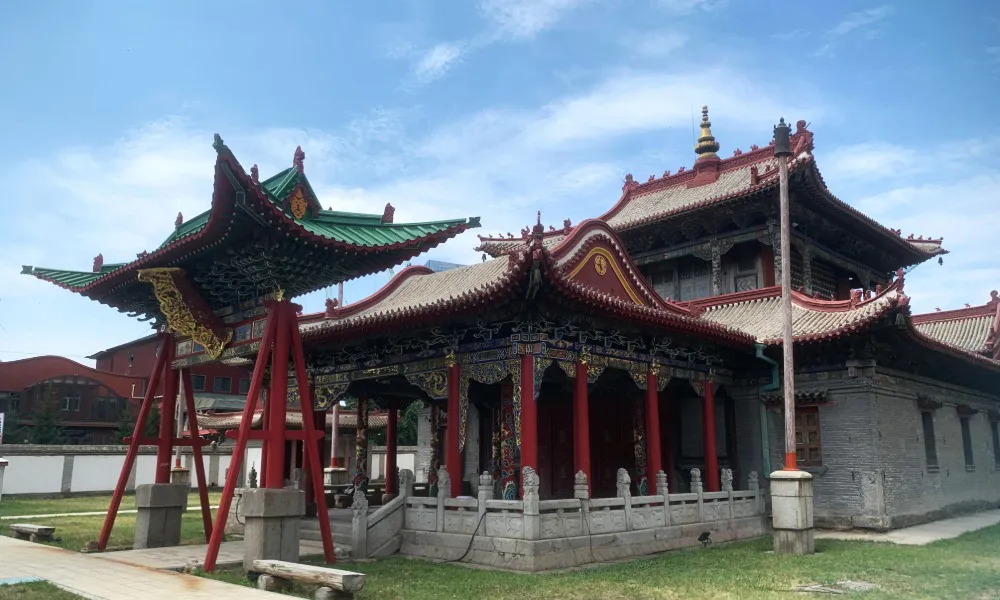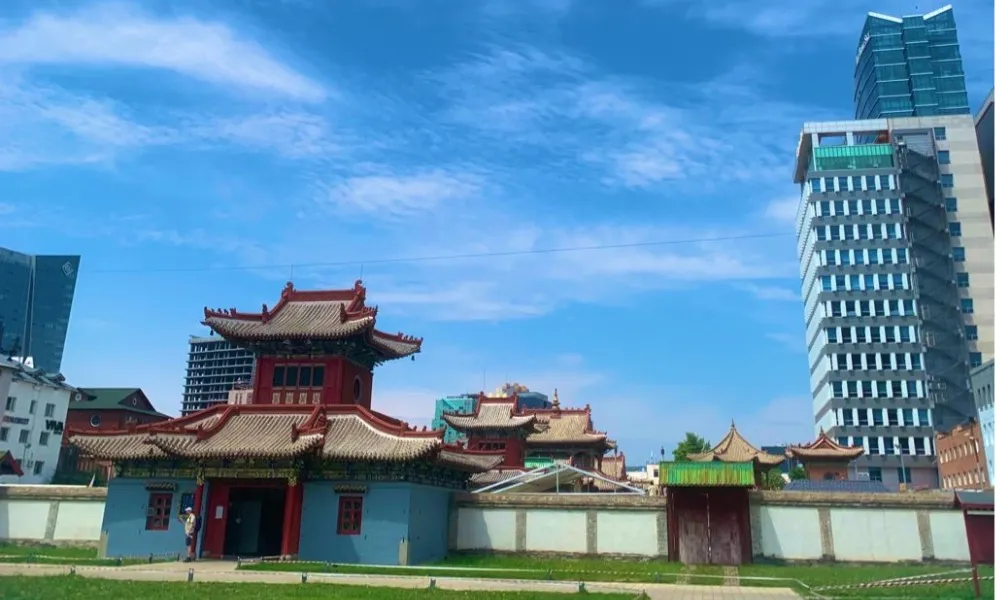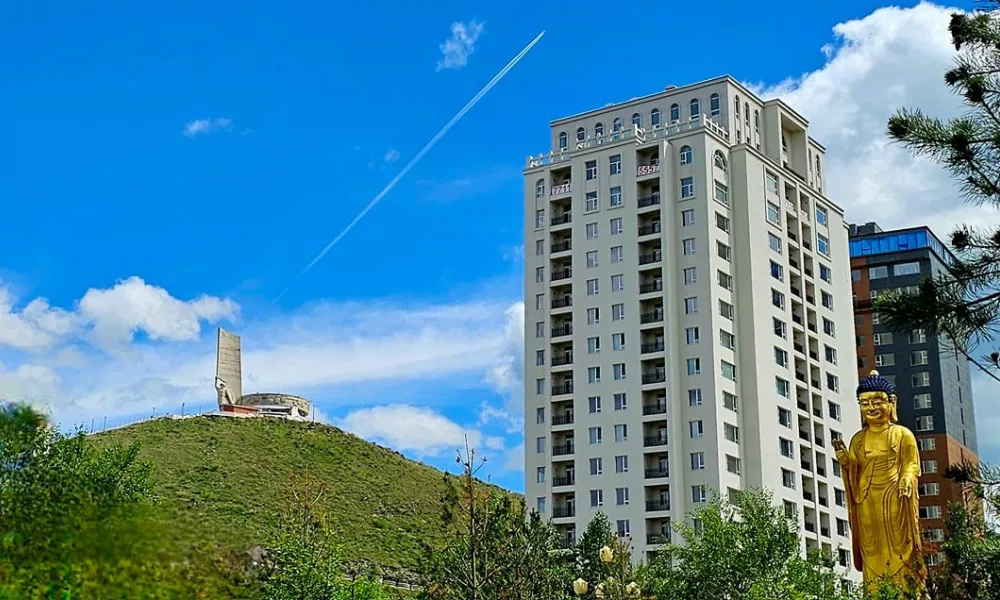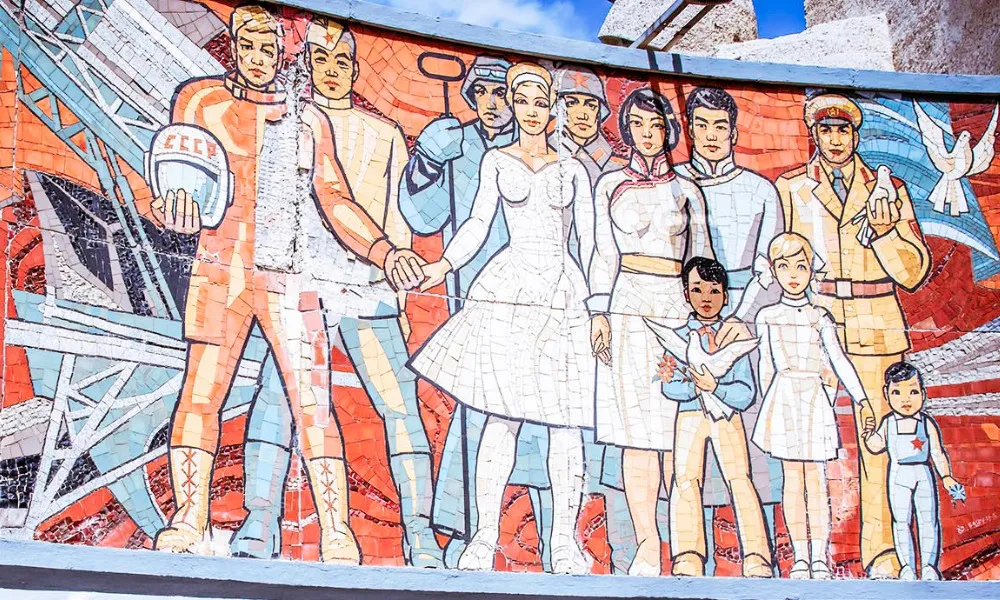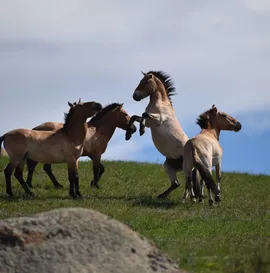Ulaanbaatar, Mongolia’s capital, sits at 1,350 meters above sea level in the northeastern part of the country, making it one of the world’s highest and coldest capitals. Its climate is classified as subarctic, with long, dry winters and short, warm summers. Nestled in the Altan Tevshiin Valley and encircled by four sacred mountains, the city moved over 25 times before settling here in 1778 near a sacred stone figure. Its name, Ulaanbaatar, means “Red Hero,” honoring Mongolia’s revolutionary spirit. With over 1.7 million residents nearly half the nation’s population it is the center of culture, politics, and economy. Home to diverse ethnic groups and a growing international community, Ulaanbaatar connects the world through its airport and railway. Visitors can still sense its origins as a mobile Buddhist camp in the quiet presence of historic monasteries woven into the modern cityscape.
National History Museum of Mongolia
The National Museum of Mongolia, in central Ulaanbaatar, is the ideal first stop for visitors. Its rich collection spans history, culture, ethnography, archaeology, and modern life offering a clear, formal overview of the nation’s identity before heading out on tour. From ancient nomadic artifacts to traditional clothing and revolutionary milestones, it reflects Ulaanbaatar’s transformation from a mobile Buddhist monastic camp to a modern capital. For travelers preparing to explore Mongolia’s vast landscapes, the museum provides essential context and insight.
Sukhbaatar Square
Sükhbaatar Square is Ulaanbaatar’s central landmark and official zero point engraved on the ground, it marks where all distances in Mongolia are measured. Named after revolutionary hero Sukhbaatar Damdin, whose statue stands at its heart and appears on smaller currency notes, the square hosts everything from protests to celebrations. Covering about 31,000 square meters, it faces the Government House, where Chinggis Khaan sits flanked by his successors. He appears on Mongolia’s larger banknotes, and all official visits pass through here, with dignitaries bowing before the great Khaan. Standing in the square, the sacred Bogd Khaan Mountain rises to the south, anchoring the city’s spiritual orientation.
Gandan Monastery
Mongolia’s leading Buddhist institution, stands on a small hill west of central Ulaanbaatar once part of the old city core. Founded in 1809, it survived the 1930s purges and remained the country’s only active monastery for decades. Today, it follows the Gelug tradition (Yellow Hat) of Tibetan Buddhism and hosts over 100 resident lamas across several schools of philosophy, ritual, and scripture. It houses the world’s tallest indoor standing Buddha, a 26.5 m gilded statue of Avalokitesutra. Morning visits reveal active services chanting, prostrations, and offerings that many travelers find deeply moving. Gandan remains a vital center of worship, learning, and spiritual continuity.
Choijin Lama Temple
Choijin Lama Temple, built in 1908 for the state oracle Luvsankhaidav, stands in the heart of Ulaanbaatar, surrounded by modern buildings. Once marking the southern edge of the old city, it now offers a vivid contrast
ornate Buddhist architecture framed by glass towers. Preserved as a museum, it showcases Gelug-style religious art across five richly decorated temples, featuring thangkas, wood carvings, and clay sculptures. Its central location and striking atmosphere make it a favorite stop for those exploring the city on foot.
Zaisan Hill Monument
Zaisan Hill Monument, perched on a small ridge south of Ulaanbaatar, is one of the city’s best panoramic viewpoints. Technically part of Bogd Khaan Mountain, this separated hill offers sweeping views of the skyline, Tuul River valley, and surrounding ranges. Visitors climb 300 steps to reach the circular platform, where your guide can point out key landmarks and neighborhoods helping you connect with the city’s layout and spirit. The name “Zaisan” comes from historical gatherings of mid-ranking officials who once made offerings to the sacred mountain nearby. Bogd Khaan Mountain itself has held strictly protected status since 1778, making it one of the world’s earliest officially conserved natural areas and a lasting symbol of spiritual reverence and ecological preservation. Today, Zaisan remains a favorite stop for travelers seeking dramatic cityscapes and a sense of place.
 Loading
Loading
